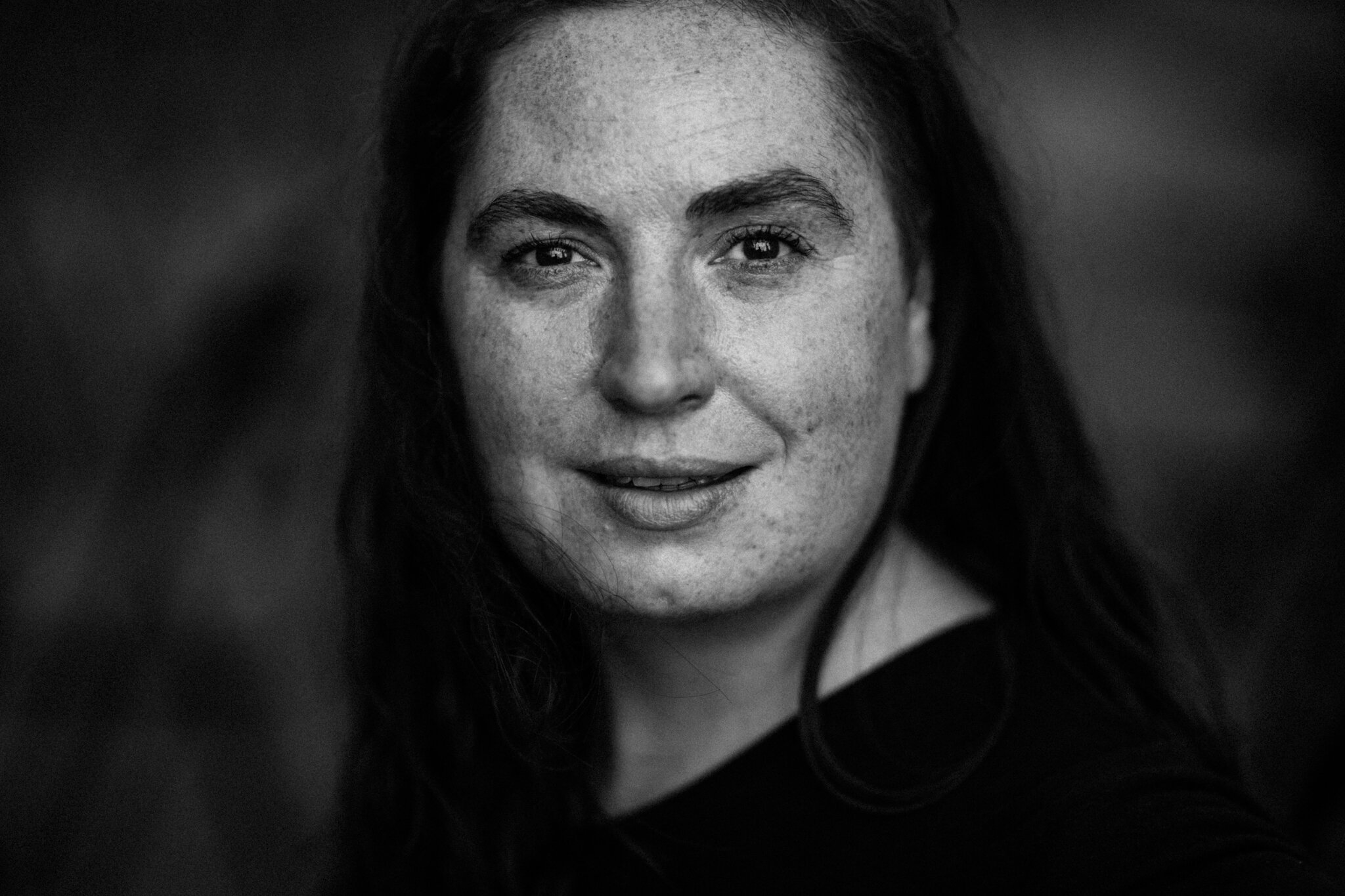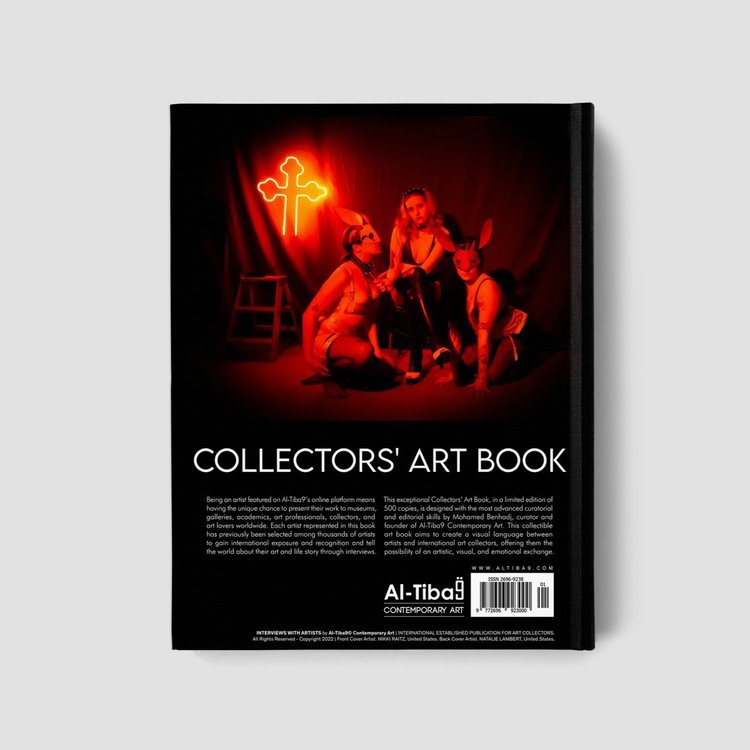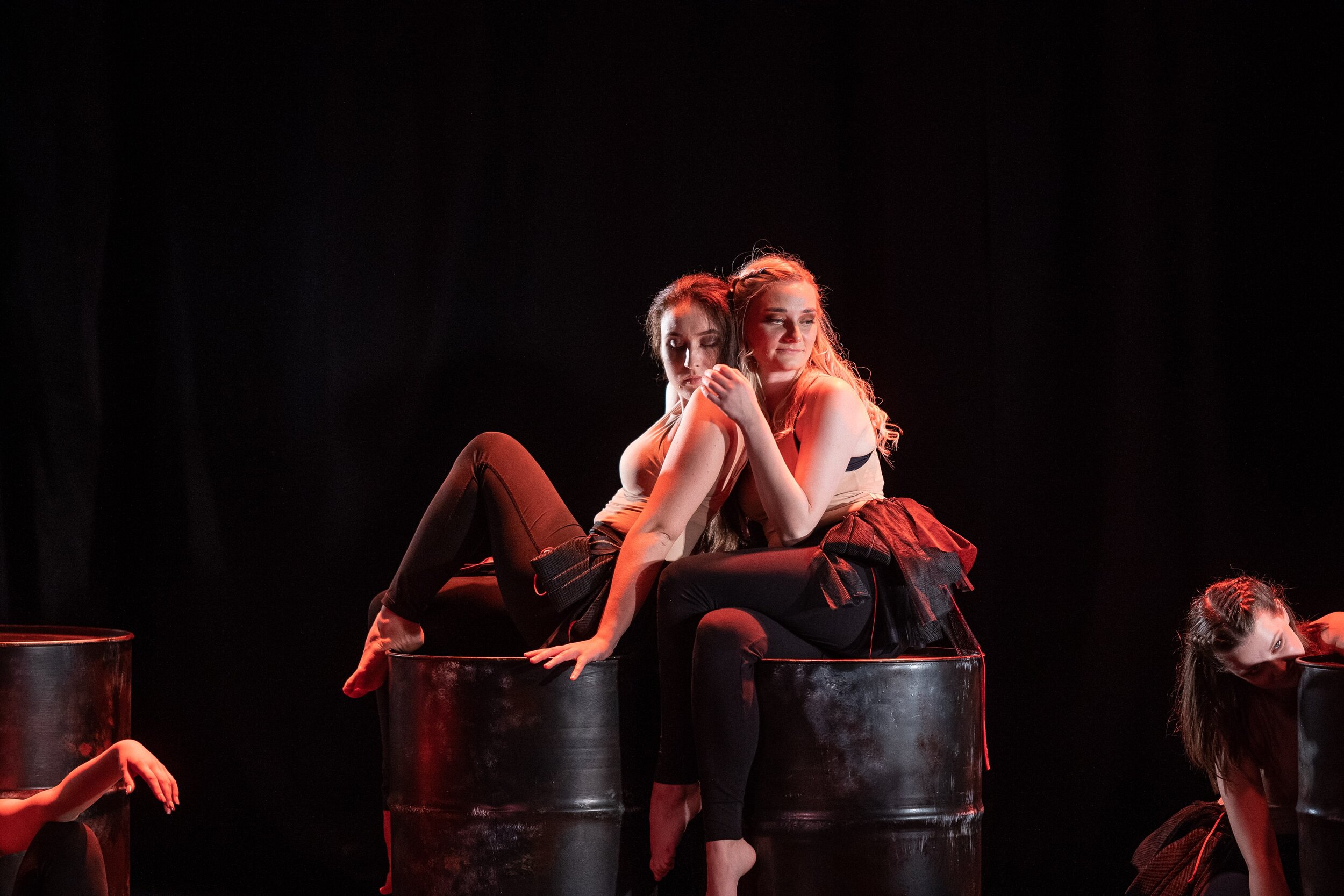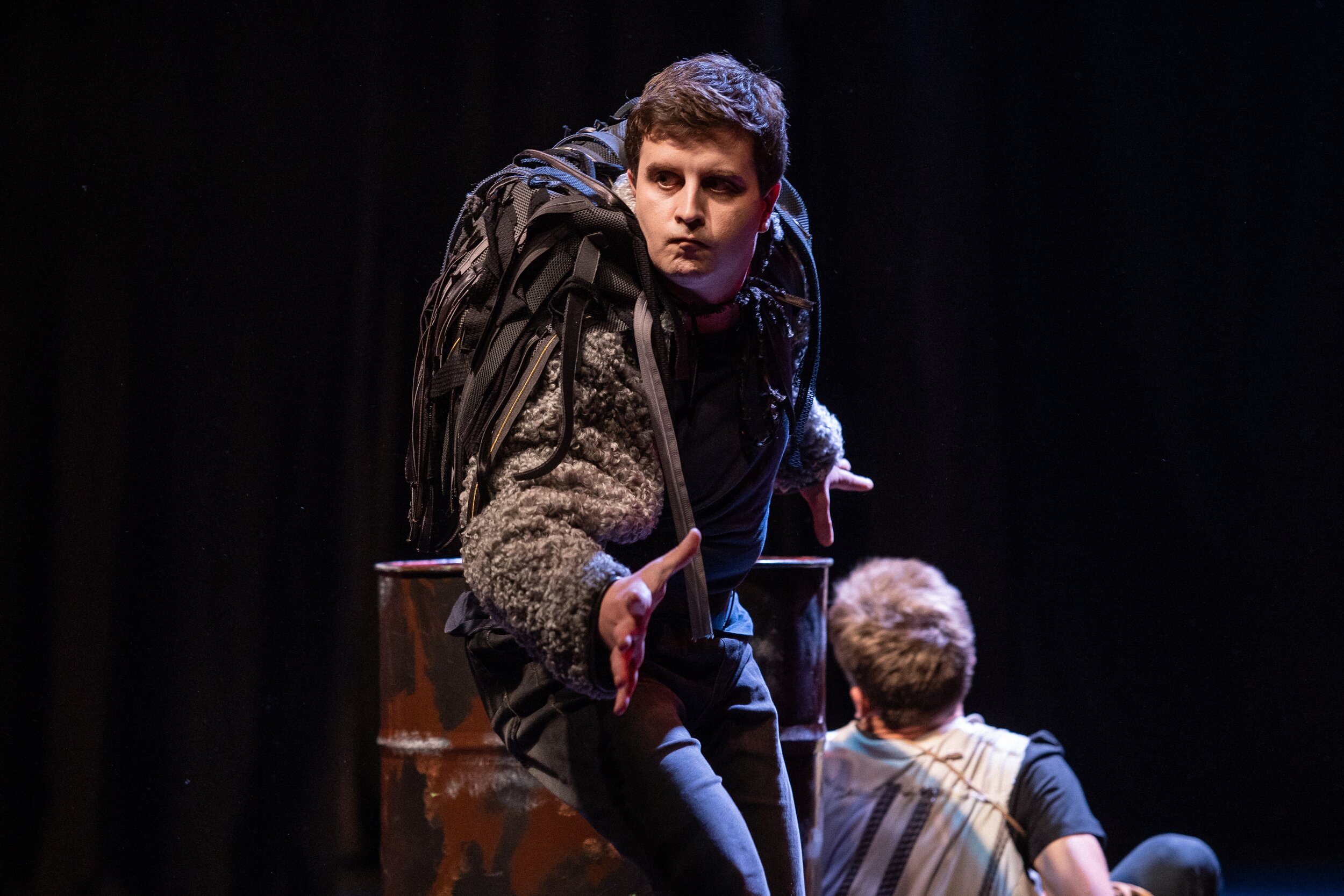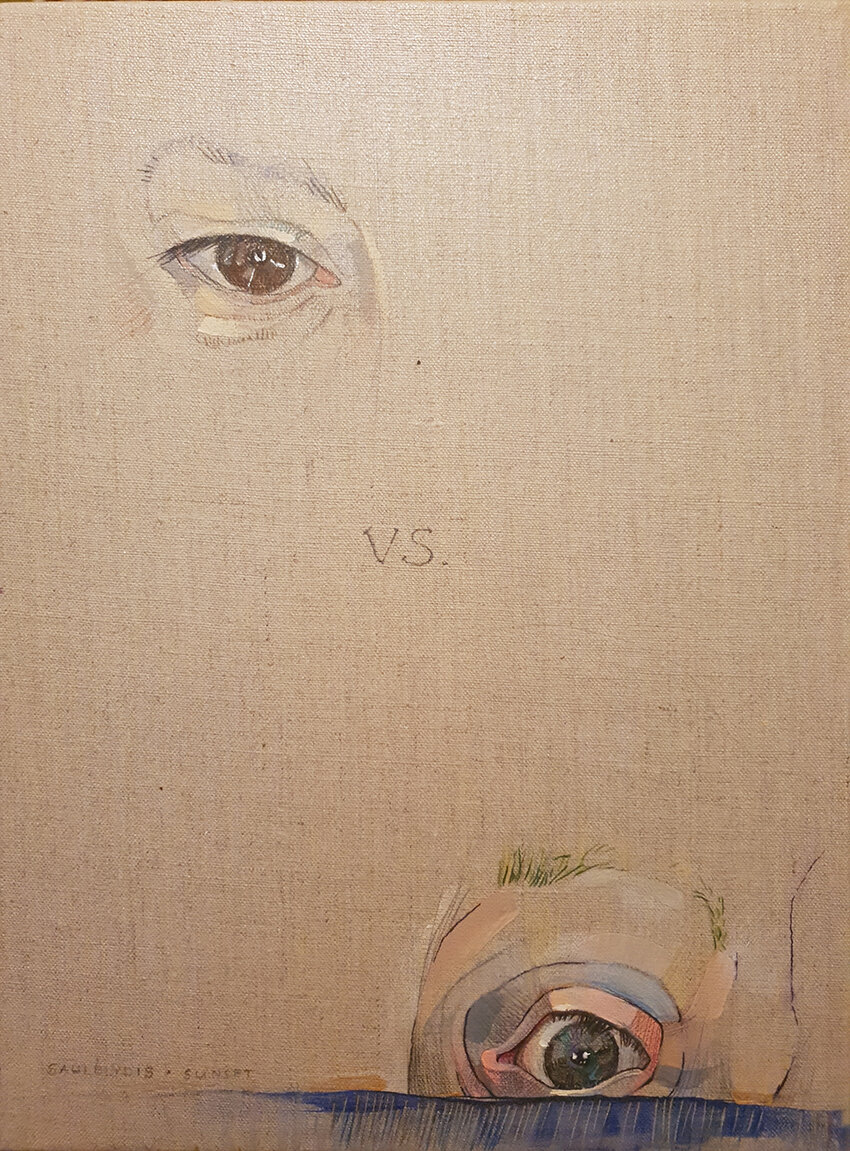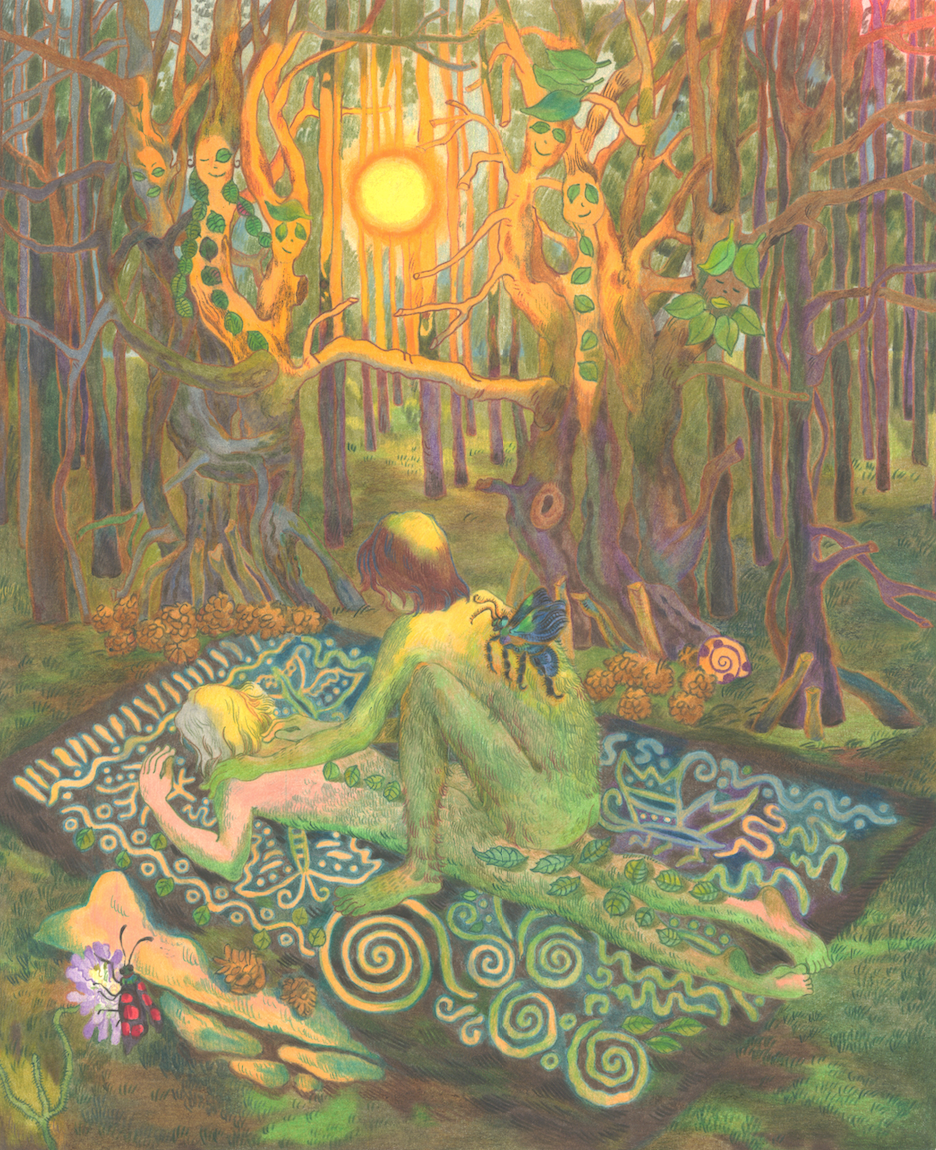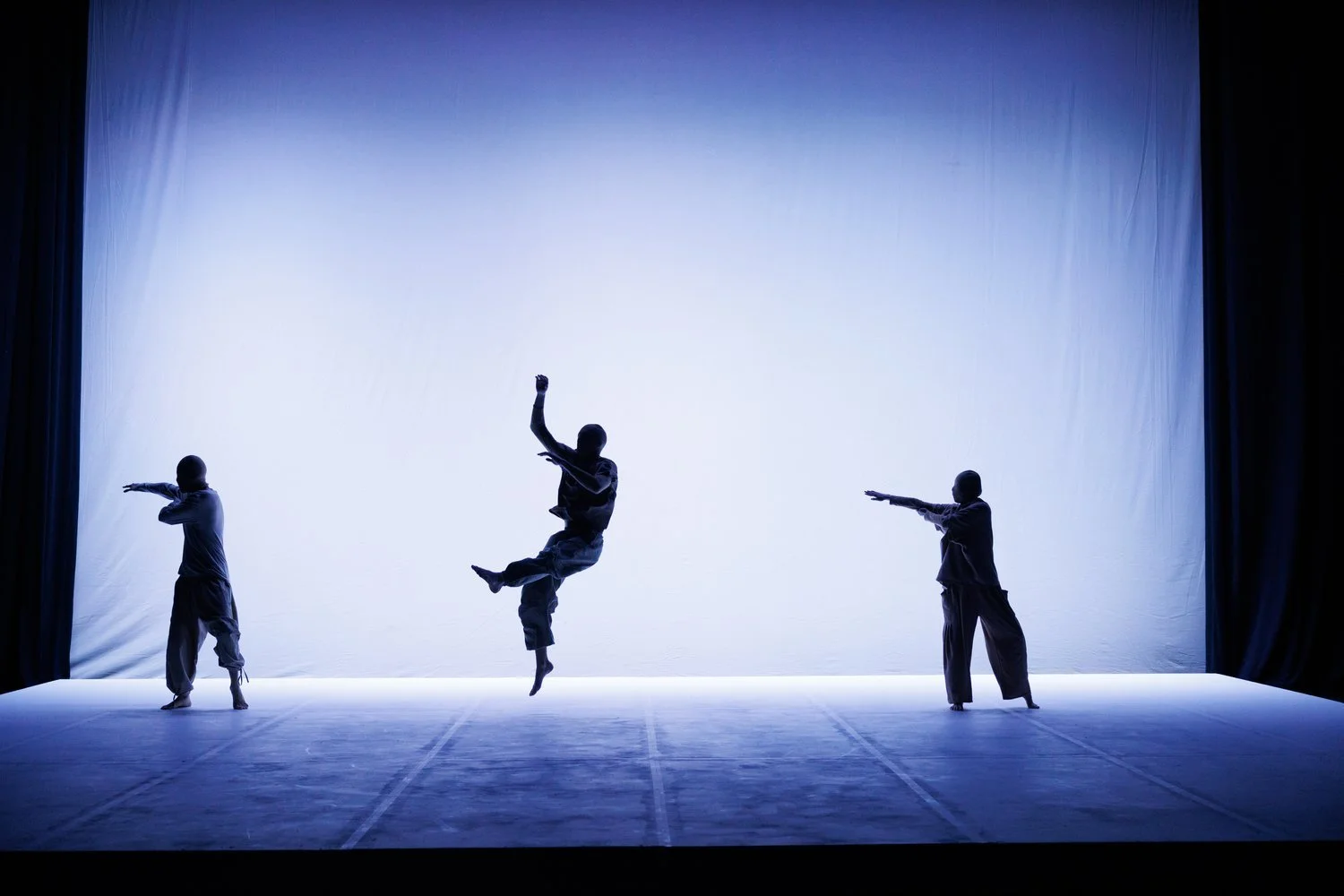10 Questions with Dalia Kiaupaitė
Dalia Kiaupaitė is a professional Lithuanian female artist currently based at AiR Scope BLN in Berlin, Germany. She holds an MA diploma in stage and theatre costumes design at Vilnius Art Academy (2007) and has mostly worked in and in-between the opera, performing, and visual arts fields.
As a creative partner in the performing art field in Lithuania, she works both on large national and niche projects. For more than 15 years, she has collaborated with different theatre, opera, other cultural events, and activities as the stage, costumes, and light designer. She also has experience in acting, stage directing, management, and curating.
Her visual artworks – video and painting as well as live performances - during the last year were presented on-site in Berlin, Bochum, and Leipzig (Germany) and exhibited and published online in Brazil, Germany, Lithuania, Spain, and the UK.
In her artworks, the reality of the myth and national and family heritage become the key to unlocking different themes of the contemporary world - especially femininity and the recognition of cultural signs - stereotypes and archetypes.
She is an individual member of IETM (International network for contemporary performing arts) and the Association LATGA (Lithuanian Authorship Protection Association). Since fall 2020, she has participated in the education program Kūrybinės Jungtys (The Art of Curiosity: partnerships for Creative Schools. Supported by the British Council) as a creating practitioner.
Dalia Kiaupaite portrait.
ARTIST STATEMENT
More than 30 years ago, at the age of four, Dalia Kiaupaitė stood in front of the Vilnius Art Academy, holding her father's hand. Then she confidently said she would study here.
Today Dalia Kiaupaitė is a professional artist (with MA diplomas at Vilnius Art Academy), but she holds the power of this small, determined dreamer. Fantastic and real worlds intertwine in her work. In both the visual (Daugther of Serpents' Queen) and performing arts (Eglė, Hercules 2020, Little Giant), she boldly analyzes and interprets myths. The reality of myth in her works does not function as an alternative, side reality. It becomes a reality here and now. Myth becomes a space to play and think about today's topics and current issues.
When creating a space, Dalia Kiaupaitė perceives it as a whole, consisting of separate details, each of which has its meaning and significance. A kitsch dragon (No Filter) like accidentally left in the corner of the scene. It is the same little girl wondering how big girls meet the challenges of today's world.
INTERVIEW
You are an artist as well as a costume and stage designer. Tell us something about your background. How did you start making art and getting involved at the same time with theater, opera, and design?
I was four years old. I stood in front of the Vilnius Art Academy by firmly holding my father's hand. Then, I said that I would study here. Then it was the best joke in the family, as there were no artists in the family environment, but the parents did not object to my dream and let me go my own way. In the beginning, there was a child art studio, then a preparatory class at M. K. Čiurlionis National School of Arts, eight years there, and finally Vilnius Arts Academy and scenography studies there.
Why scenography instead of painting or design? I spent all the summers of my childhood and adolescence at the Žilvitis children camp. There some of the groups' leaders were actors. After one summer, I went to see how they play on the professional stage. In the theatre lobby was a door with a note "only for theatre staff". I was so curious to open them that nowadays I am opening the doors of the staff entrances of different theatres, and I am still incredibly happy about that.
How would you define yourself as an artist?
In early 2021, I attended an online art residency by Piloten Kuechen and someone from a fellow artist described me as a hodgepodge. Then this expression, for me non-native English speakers, was strange and difficult to understand. But the further I go, the more I like it. The specificity of a theatre artist is that it is necessary to constantly adapt to new dramaturgy, new teams of artists, look for further technical and visual solutions. Every time it is a fresh start, entrance of new, unfamiliar territory. I need and I am curious to explore and discover it. On the other hand, a broad primary artistic education allows me to use different techniques and materials in my work process, rather than being limited to just one media. So I'm pleased with this definition - hodgepodge - discovered through quality relationships with others.
What is your creative process like? Can you walk us through a day in your studio?
The creative process is different each time and depends on what kind of project I am working on at that time.
When describing the creative process itself, it is primarily important for me to research the context, whether it is the performing arts or visual arts field. I always pay a lot of attention to getting acquainted with dramaturgy, if it is a historical play with the context of its creation, academic research that is done on a topic related to the topic of the work of art being created, looking for connections with the present. So, each process begins with a reading and visual reference research.
The next step is to recognize, find matches in today's environment. I observe my environment, people on the street, news online, fashion tendencies and so on. I just carry the idea of the artwork and the decision comes at the most unexpected moment. I found a costume solution for one performance while attending an open-air music festival just lazy observing the audience.
When I have a clear visual idea, the material part of the work begins - a creation of sketches, search for materials, fabrics, objects, production of props, decorations, costumes and/or organization of production. I like to make and sew objects and costumes for performances by myself. The British stage designer Dick Bird, whose assistant I worked many times in the productions of Vilnius City Opera, once told me that the audiences may not see something because it is too small or somewhere in the depths of the stage, but he will know that it is great, and it will be useful for soloists. I fell in love with this idea of his and I always have a lot of fun when I can focus on the smallest details and eventually bring them all together into a harmonious whole.
Myths seem to have a great impact and influence on your work. How do you incorporate them into your practice? And how do you choose myths? Which mythologies do you reference?
I just now remembered how I draw the Greeks' gods and goddess family tree while still being in elementary school, because I was so curious about who's a child and who's a spouse. As you know, there was a lot of incest there.
But what fascinates me most in myths is their structure, how the cosmological structure of the world and the universe unfolds in them. The origin of the myth itself becomes less important here, as some academic theories say that there are only seven basic mythical narratives. But in different nations and cultures they have taken on different forms.
But there is another side of the story.
It was a calm and warm September evening. I was visited by two foreign's artists. After the intensive day spent in the forests and fields, along the rivers by picking and preparing mushrooms and berries, we were sitting on a terrace in my countryside home. Then, for the first time in my life, I heard a compliment that my relationship with nature is as exceptional as my knowledge. Why? I am a girl who grew up on a pavement, a townswoman till the ... Only the fresh and heady air of the Lithuanian province has the responsibility for such ideas!
The guests left, but the seed was already sown. I had to rethink this new experience. This again led me to the territory of the myth world. I realized that the Baltic environment in which I grew up and in which, although actively unbelievable, but at the same time unquestionable, that the oak is sacred, had a significant influence on the formation of my worldview as a personality and as an artist. So, now I am very consciously seeking to deepen my academic knowledge of research on myths, especially Baltic ones, and look for ways to translate them into visual language. This is how my artistic research Daughter of Serpents' Queens was born. It is based on the Lithuanian narrative Eglė, the Queen of Snakes, and in which the transformation of the hero's human-animal/tree even takes place several times, the action takes place both in the real world of people and on the chthonic seabed.
The opportunity offered by myth to be between two spaces, between two poles, is the most inspiring experience that allows me to look at each challenge from hugely different points of view.
What do you think are the main differences between working with visual art as opposed to your work for theaters, stages, and operas?
It's like a monologue and a dialogue. When working in the performing art field I am always surrounded by other people, other ideas. I have to listen intensely and hear sincerely, react quickly to the changing situation, especially when working with the visual construction part in addition to creativity must also solve technical challenges. In the visual arts, meanwhile, I am a vein only with the tangles of my thoughts and can calmly confuse it. Going back to the structure of the myth, I would say performing art is like a sunny day in the active world of men, and the visual arts are like a viscous dark night weaving a mysterious female cobweb. I feel blessed to find the balance of these two worlds in my creative path.
What aspect of your work do you pay particular attention to?
I would single out two, both of which have been mentioned before: broad context research and attention to details. I love seeing the world like a puzzle, where every detail is unique and important, and all of them together create a meaningful whole.
Is there a piece you consider a "breakthrough" in your career?
I could call everyone like that. Each is peculiarly important. Some brought greater fame, others allowed for faster personal development. So, I really couldn't single out one. My whole heart is in each.
Where do you draw inspiration from? Is there any genre of music, composer, performer, or artist in general that you look up to to get inspired?
I grew up surrounded by my parents' academic world. At the same time, I spent about the seventh part of my life feeling the battle of the Baltic Sea waves. Even in lockdown time, at least four languages each week are around me, and sometimes I catch myself as I insert another language word in the middle of a sentence. So, in my creation, I find the keys to unlock the content of historical narratives at an open-air festival of alternative music or the most prestigious electronic music club between Berlin and Moscow, putting a mythical story like a puzzle or drowning it in old oil barrels.
I learned about colors from the Pre-Raphaelites and spent hours observing Pierre-Auguste Renoir's Umbrellas, the founders of Fluxus were my superheroes. In the Spotify playlist - Die Toten Hosen, Rammscheid and other German hits, Handel always wins against Bach, Wagner against Mozart, favorite music piece of all time - Papagenas aria from Mozart Magic Flute or it remixes by Mario Basanov & Vidis feated Joana Gedmintaite & Rafailas Karpis from XYZ by Vilnius City Opera.
I am interested in various forms of culture, and even more interesting are their unexpected encounters. I am inspired by the space that emerges between two mindsets, two forms, between then and now, between here and there, between culture and nature.
I need to choose not for or against, but how. I believe that there is no uninteresting topic, but everything belongs to the point of view. And if I don't understand something, I can always ask, better - nature. It isn't polite and doesn't lie.
Let's talk about the future, what are you working on now, and what are your plans for the future?
Plans for the future - of course - change the world! I'm kidding, at least in part. Each of us is constantly changing the world.
In the middle of April, I will begin my long-term art residency at Scope BLN, Berlin, where I will be working on my art research Daughter of Serpents' Queen, until the end of the year. It is important for me to have this opportunity to continue my artistic research in Berlin. In the myth I rely on, the masculine world - the earthly one and the chthonic - the sea world meet each other. Meanwhile, I see Berlin and its culture as the meeting point of Eastern Europe, which I represent, and Western European culture. I look forward to testing and challenging myself in a new environment.
Besides, I will participate in SATELLITES LABORATORY FOR SOUND AND SOUL, an international inter-disciplinary art project in which I will look for ways to visualize concepts such as honor, courage, etc. The source of inspiration for this project was my name, which by my native language does not mean the name of a flower, unlike many other European languages. The real meaning of my name is happiness, success, destiny.
Last but not least upcoming project - the collaborators and I have just received a positive response from the Lithuanian Culture Council about the funding for the performance for teenagers The republic of the 2nd staircase in Kaunas City Chamber Theater. It will be an interactive performance that will raise issues of leadership and democracy.
And lastly, what is the essential element in your art?
Curiosity


